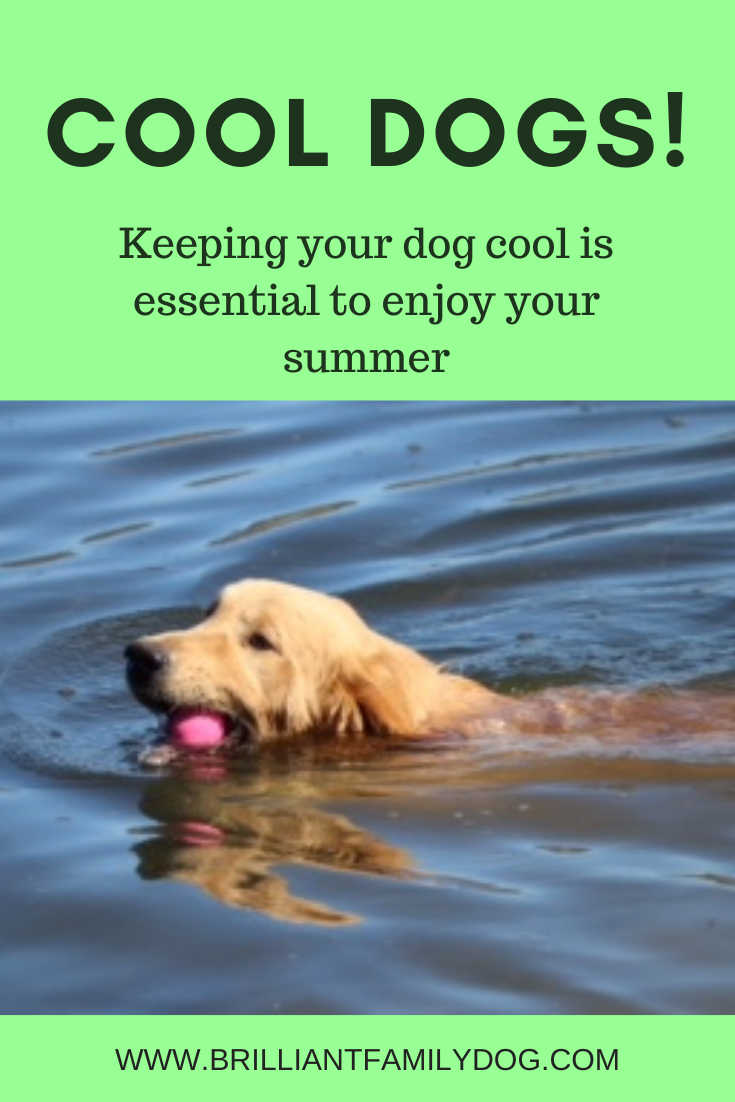Now what I mean by “deaf dogs” is . . . dogs who are deaf!
I’m not talking about it the way people commonly do - to mean a dog that doesn’t respond to them.
Fact is, those dogs have never been taught - either the right way, or at all. And the owners would rather blame the dog than their own dilatoriness.
So to dogs who can’t hear …
They may have been born deaf, or it may have crept up on them.
There are certain breeds that have a history of deafness (often dogs with a lot of white in their coat), and this is yet another reason you need to look carefully into the breeding of any dog you choose. Good breeders are always looking to reduce the possibility of inherited problems, and go to great lengths to test their breeding stock and ensure they only use the best.
One mistake that can result in deafness (and blindness) in puppies is to breed merle collies together. One parent must always be a solid colour.
Deafness through ageing
This is where I am with two of my dogs, aged 15 and 12 respectively. Their lower register is gradually going. This means that a high squeaky call, or a whistle, can still reach them.
For everyday issues, like calling them in from the garden, I’ve taught them new hand signals, and reinforced those that had fallen into disuse when a word would do the trick. Old Rollo just needs a touch on the side I want him to turn, so he knows which way to go.
On walks he keeps close to me - he likes to be in front of me - and constantly glances back to ensure I’m still there. Your hearing dog should be doing something similar, of course, but in his case it will be a simple ear-flick that will fix your position!
And for my very old, deaf, dogs, I like them to wear a bell so I know just where they are. As an old dog is probably losing his vision as well, they can easily lose sight of you and start going the wrong direction. With the bell I’m aware straight away if I can’t hear it, so they can’t get lost.
Born deaf
Now, if you’re starting out with a dog who has always been deaf, you need to have some knowledge of how the dog’s brain works, and how they can compensate. Fortunately for us, Fay Moffat-Roberts has written the definitive book on how to train deaf dogs, using the research and knowledge she used to work with her own deaf Dalmatians.
You can get it here for UK:
https://www.amazon.co.uk/How-Get-Deaf-Dog-Listen-ebook/dp/B0825DVW4X
and here for US:
https://www.amazon.com/How-Get-Deaf-Dog-Listen-ebook/dp/B0825DVW4X
Fay has a thorough grounding in force-free dog training and is the most compassionate and helpful person!
I heartily recommend her beautifully-illustrated book!












